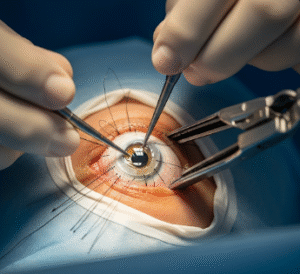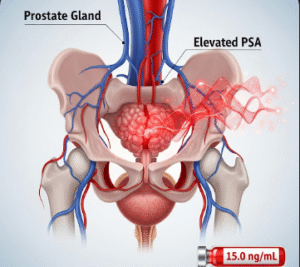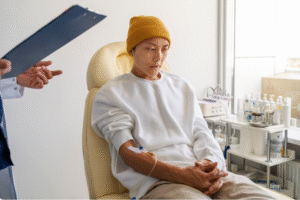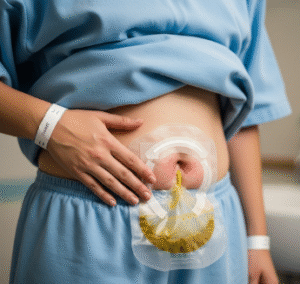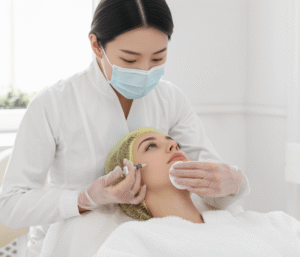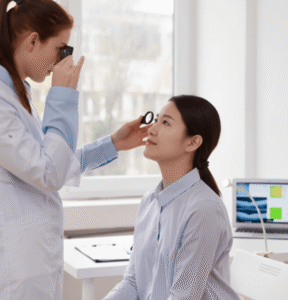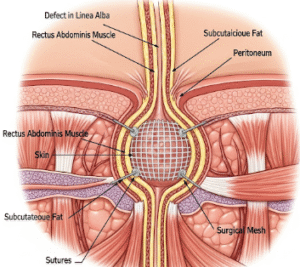Overview
Radiation burn is a type of skin injury caused by exposure to ionizing radiation, commonly occurring during cancer radiation therapy or accidental radiation exposure. It presents as skin redness, blistering, and tissue damage. In Korea, advanced dermatology and oncology centers provide specialized care to manage radiation burns effectively and promote healing.
What is Radiation Burn?
Radiation burn refers to damage to the skin and underlying tissues resulting from exposure to radiation. Unlike thermal burns, radiation burns develop over time, with early symptoms including redness and irritation, progressing to blistering, ulceration, and necrosis in severe cases.
Symptoms
- Redness and inflammation of the skin
- Dry or moist desquamation (peeling skin)
- Blisters or ulcers in affected areas
- Pain, itching, or burning sensation
- Delayed healing or skin necrosis in severe cases
Causes
- Therapeutic radiation for cancer treatment
- Accidental exposure to radiation sources
- Prolonged exposure to high-dose radiation
Risk Factors
- High cumulative radiation dose
- Sensitive skin types
- Concurrent chemotherapy increasing skin sensitivity
- Poor skin care during radiation therapy
- Smoking or other factors impairing skin healing
Complications
- Chronic skin changes including fibrosis and pigmentation
- Secondary infections
- Non-healing ulcers or necrosis
- Impact on quality of life due to pain and cosmetic changes
Prevention
- Proper skin care protocols during radiation therapy
- Use of protective barriers and dressings
- Avoiding irritants and sun exposure to treated areas
- Smoking cessation to promote healing
Treatment Options in Korea
Diagnosis
Diagnosis is clinical, based on history of radiation exposure and skin examination. Dermatologists may use imaging or biopsy in complex cases.
Medical Treatments
- Topical corticosteroids to reduce inflammation
- Moisturizers and wound care dressings
- Antibiotics for secondary infections
- Pain management
Surgical or Advanced Therapies
- Debridement of necrotic tissue
- Skin grafting or reconstructive surgery for severe burns
- Hyperbaric oxygen therapy to enhance healing
Rehabilitation and Support
- Ongoing wound care and monitoring
- Patient education on skin care and prevention of recurrence
- Psychological support for coping with chronic skin changes



